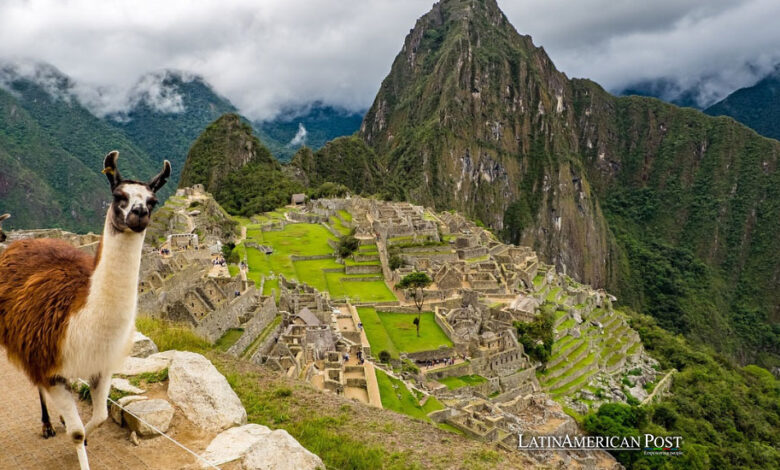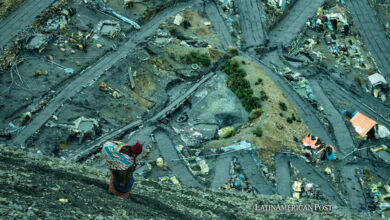Peru Revitalizes Inca Trail, Boosting Machu Picchu Tourism

Peru’s Ministry of Culture has restored an essential campsite on the Inca Trail leading to Machu Picchu, enhancing visitor access and preserving this vital piece of Andean heritage despite recent damage from heavy rains in the Cuzco region.
Peru’s Ministry of Culture recently announced the completion of restoration efforts for a critical campsite along the Inca Trail, one of the main routes to the iconic archaeological site of Machu Picchu. The campsite, known as 15-b in the Wiñay Wayna sector, had suffered significant damage due to the intense rainfall affecting the Cuzco region’s jungle area. This rehabilitation project marks an important step in preserving and enhancing the trail’s infrastructure, essential for the thousands of tourists trekking to the ancient Inca city each year.
Structural Enhancements and Preservation Measures
The restoration work at campsite 15-b involved constructing retaining walls and slopes to stabilize the area and prevent future erosion. Workers laid stones to reinforce the campsite’s platform and refurbished the stone pathways and staircases leading to the site, ensuring safe and accessible routes for visitors. Covering a 100-square-meter area, the renovated campsite can now accommodate up to 8 tents.
In addition to structural enhancements, the restoration team focused on improving the site’s drainage system to manage rainwater effectively. They cleared vegetation, leveled the ground, and used compacted fill material to fortify the terrain. This comprehensive approach not only restores the campsite but also protects it against the seasonal challenges of the region’s climate.
Guido Bayro, director of the Decentralized Directorate of Culture of Cuzco, highlighted the importance of this work, stating that campsite 15-b was immediately reopened to visitors to bolster tourism support in the area. He also mentioned the ongoing maintenance of the entire Inca Trail network, ensuring the paths remain safe and navigable for the influx of tourists drawn to this world-renowned cultural landmark.
The Inca Trail, or qhapac ñan in Quechua, represents a marvel of Inca engineering, extending over 30,000 kilometers and integrating a vast network of routes across the Andean region. This trail system, which predates the modern roads built upon some of its stretches, showcases the advanced engineering skills of the Inca civilization and remains a significant attraction for hikers and history enthusiasts worldwide.
The restoration of the Inca Trail campsites, particularly in the wake of environmental challenges, reflects Peru’s commitment to preserving its cultural heritage and promoting sustainable tourism. This effort is crucial for maintaining the trail’s integrity and ensuring that visitors can experience the historical and natural beauty of the route safely and responsibly.
Regional Significance and Collaborative Efforts
Moreover, the Inca Trail’s significance extends beyond Peru, resonating throughout Latin America as a symbol of the rich cultural and historical heritage shared across the continent. Countries like Ecuador, Bolivia, and Argentina, home to parts of the extensive Inca road system, also recognize the value of these ancient pathways as vital links to their pre-Columbian past and as essential assets for cultural tourism.
The collaborative efforts in preserving the Inca Trail underscore a broader regional initiative to safeguard and promote the rich tapestry of indigenous heritage in the Andes. These endeavors contribute to a collective understanding and appreciation of the Inca civilization’s legacy, fostering a sense of unity and shared history among the Andean nations.
Also read: A New Deer Species Discovered in Peru’s Forests
The rehabilitation of campsite 15-b on the Inca Trail near Machu Picchu is more than a mere infrastructural update; it represents a deep-seated respect for the past and a forward-looking approach to heritage conservation. As Peru continues to invest in preserving its archaeological treasures, it not only enhances the experience for visitors but also strengthens the cultural bonds with its Latin American neighbors, celebrating a shared history that dates back centuries.





